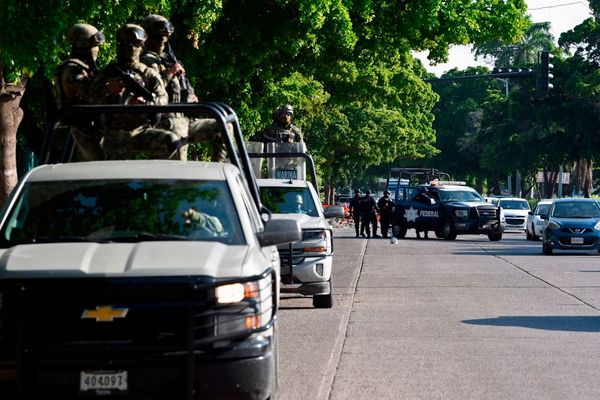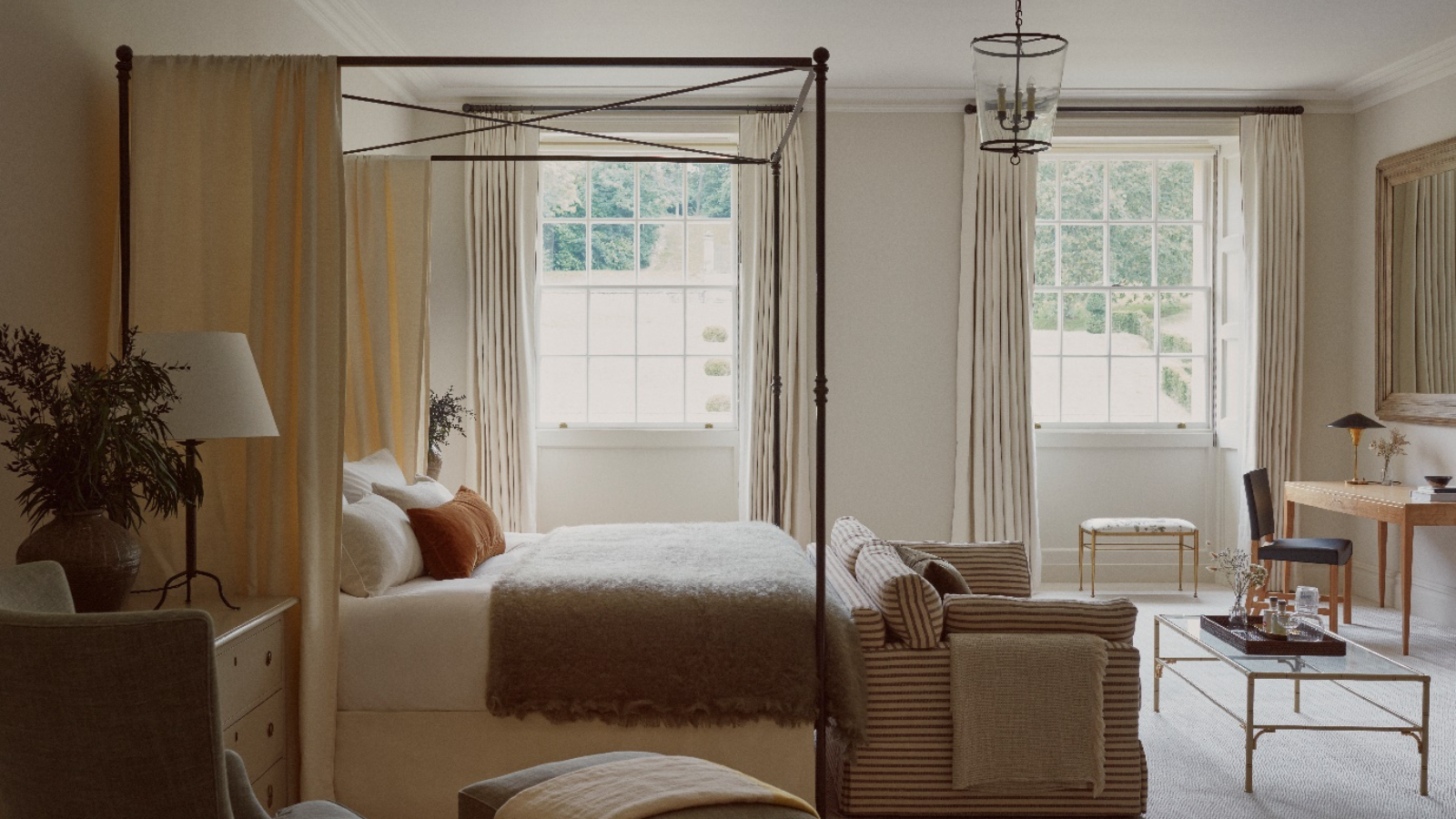
Minimalism is simple, right? You declutter your stuff, paint everything light colors, and call it a day. Except, it isn’t that easy, and it's easy to make common minimalism mistakes that result in a cluttered home.
From how and when you declutter to thinking of your long-term plan, these seven minimalism decluttering mistakes will ultimately make our dream life impossible.
Luckily, professional designers and home organizers have shed some light on these mistakes and shared their more attainable organizing habits for a more minimalist home.
Minimalism decluttering mistakes
1. Decluttering recklessly
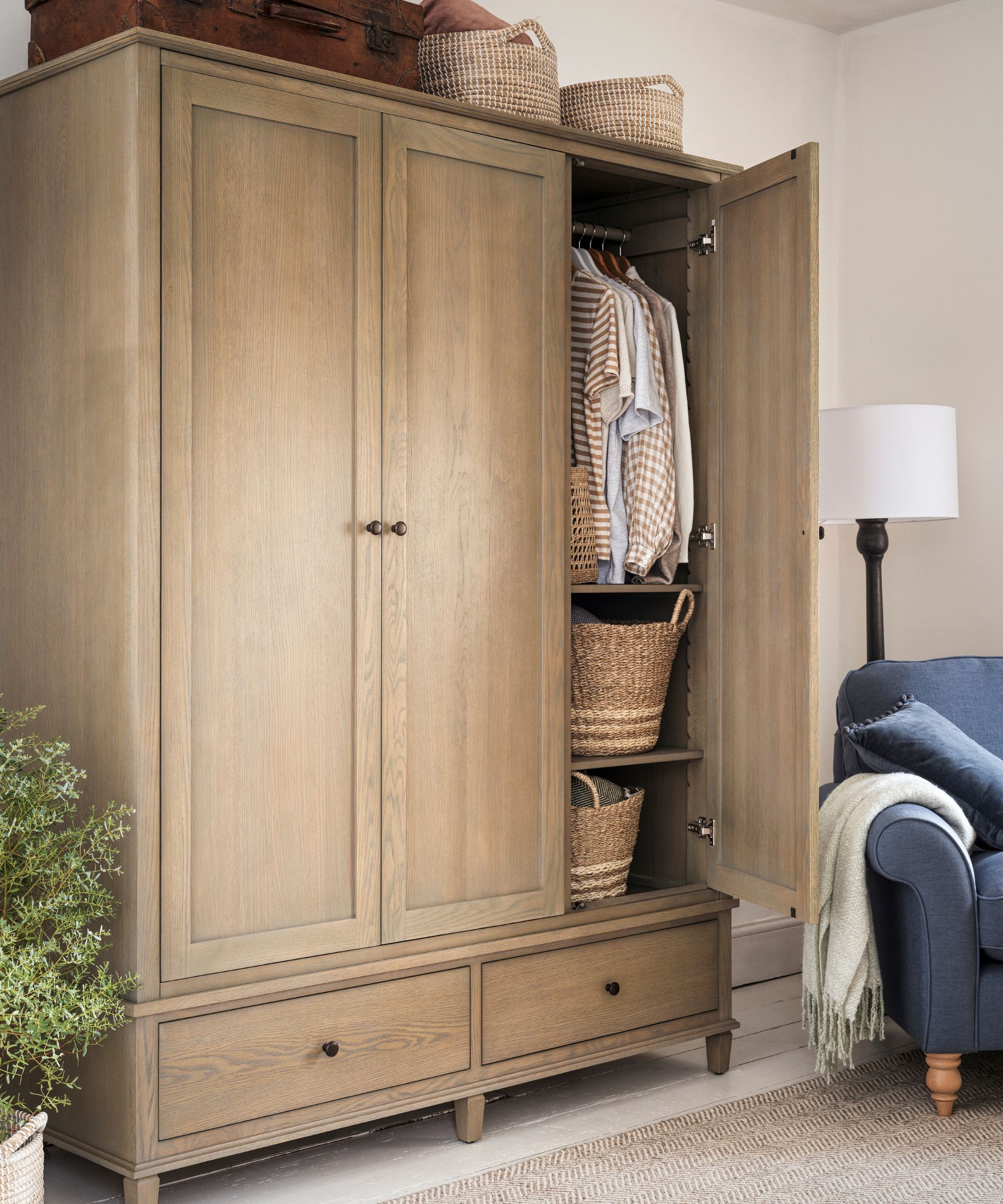
Believe it or not, you can be a minimalist without throwing everything away. It’s actively encouraged to make this way of life more sustainable.
Rachel Blindauer, professional interior designer, begins, ‘Many people declutter in a frenzy, chasing an aesthetic trend rather than asking, "What do I use, love, or value?” A minimalist home isn't about having less of everything – it’s about having more of what matters and lots of closed storage.
‘I often encourage clients to declutter by category and to consider joy, function, and beauty in equal measure. Editing with intention ensures you’re left with a space that supports your life, not one that performs austerity.’
If you are struggling to work out where to start when decluttering, this decluttering guide and system planner, from Etsy, can help you build up a plan of action and break the task down into more manageable, realistic chunks.
2. Overshopping
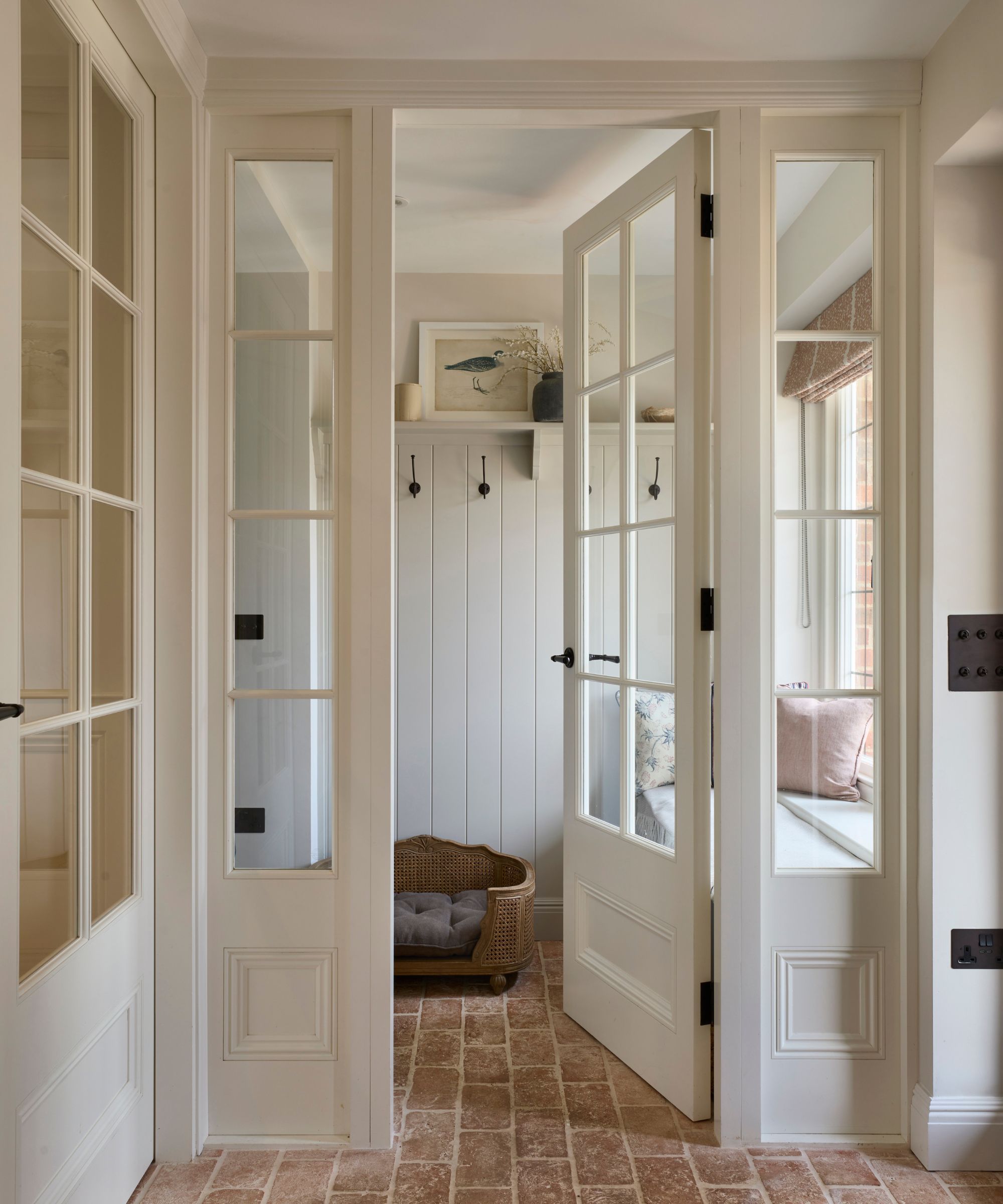
While you do not want to impose harsh restrictions on yourself, a common minimalist decluttering mistake is continuing to overshop.
Renee Green Tate, founder of pro-organizing specialists Savvy Sloth Strategies, says, ‘So many folks overbuy or buy before there is space to store the new item. I recommend picking your favorite item from each category and only using that until it's completely gone.
'Everything else should be stored in a backstock bin that you "shop" in when things run out. This keeps your spaces clear and curated, helping to eliminate mental clutter.’ Similarly to the underconsumption trend, this way of shopping is also better for the planet.
We suggest using a clear storage tote, from Target as your 'backstock bin' to limit the risk that you forget about items and overshop again.
There are also some things minimalists never buy for an easier life that can be a good starting point when cutting your spending, plus it helps you save money at home in the long run. What’s not to like?
3. Doing too much too quickly
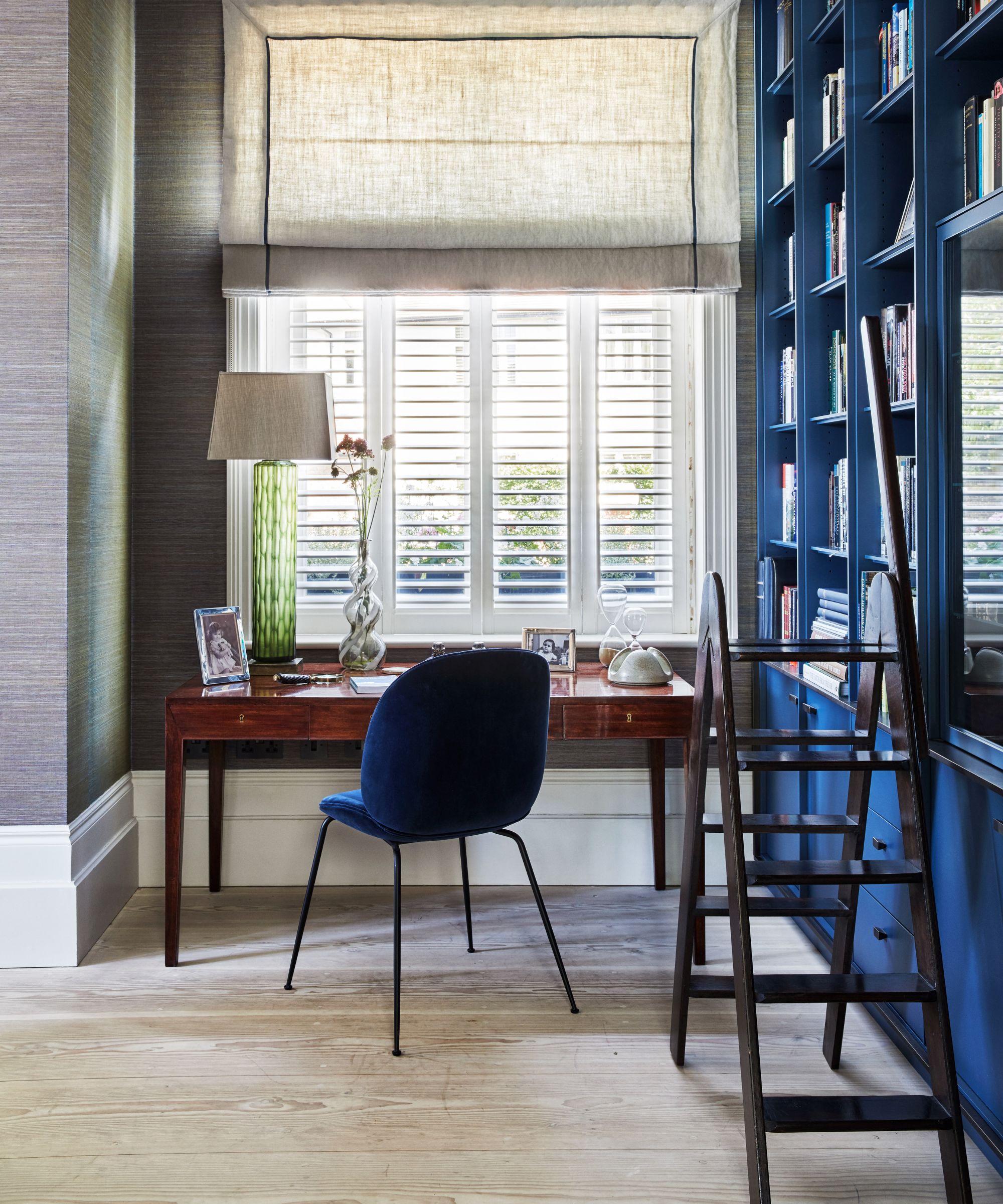
A common decluttering mistake, trying to do too much too quickly, can quickly lead to burnout, decluttering when you feel overwhelmed, and decluttering regret.
Shantae Duckworth, founder of Shantaeize Your Space, reminds us ‘You don’t have to embrace full minimalism to benefit from these habits! Start small – go through a single drawer or tackle a shelf at a time.'
4. Mistaking emptiness for clarity
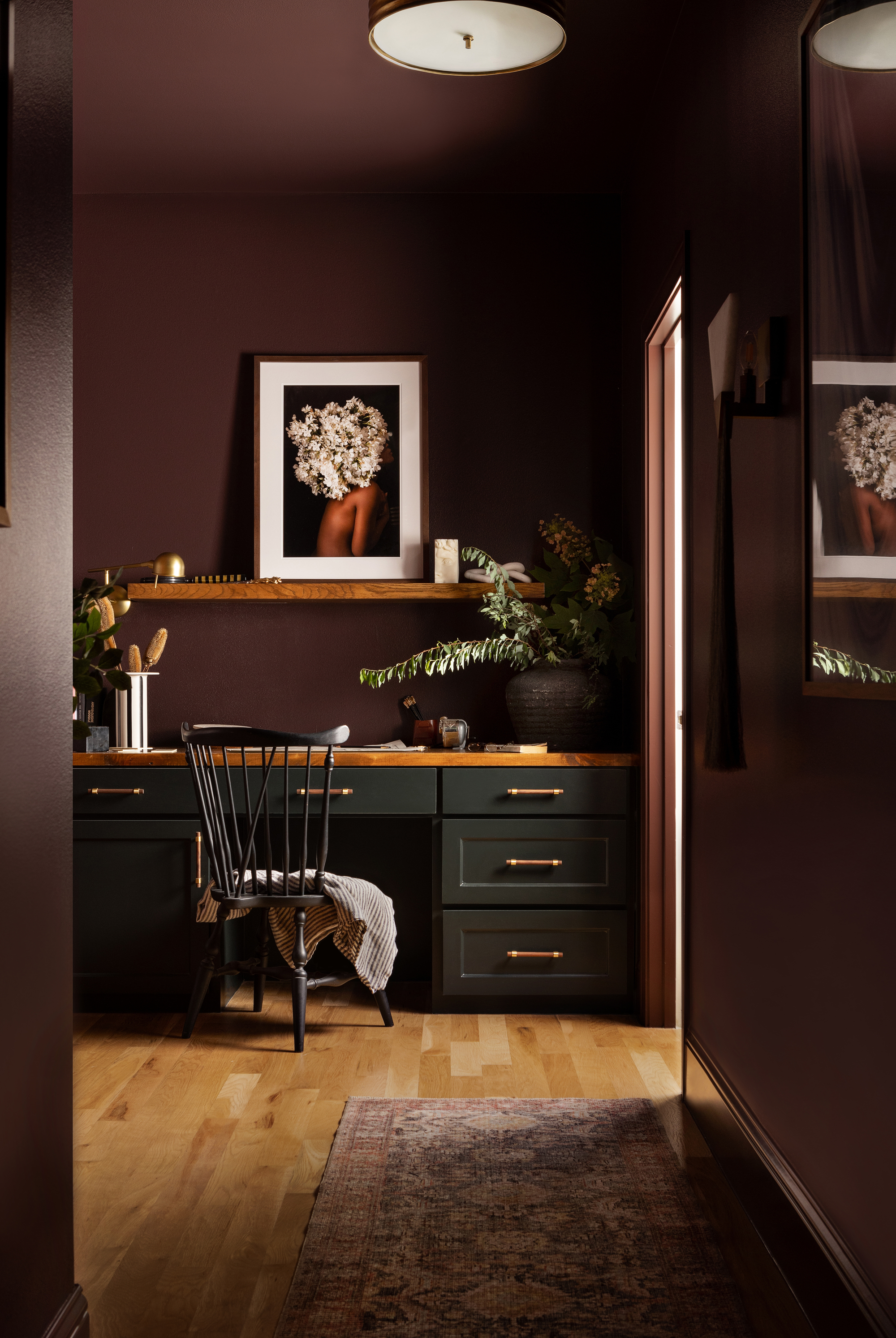
One of the key lessons I learned from The Minimalist’s Netflix show was that an empty space is not a simple space. This common minimalism mistake can quickly lead to abandoning the method altogether.
Rachel explains, ‘Minimalism is not a synonym for sterile. I’ve walked into homes where all the “clutter” was removed, but so too was the character. A truly elegant space isn’t empty – it’s edited. The goal should be clarity, not vacancy.
‘Instead of whitewashing your world, curate it. Keep that sculptural bowl from a Paris flea market or the vintage books with cracked spines. They tell your story. A space should breathe, yes, but it should also speak.’
Remember, too, that minimalism is not just about the physical stuff you own – it's a life philosophy. It’s about how you spend your energy and what you focus your attention on.
This Minimalist-ish Journal, from Amazon, is full of practical prompts and goal-setting tools ot help you create your tailored decluttering and lifestyle plan.
5. Not thinking of your ‘why’
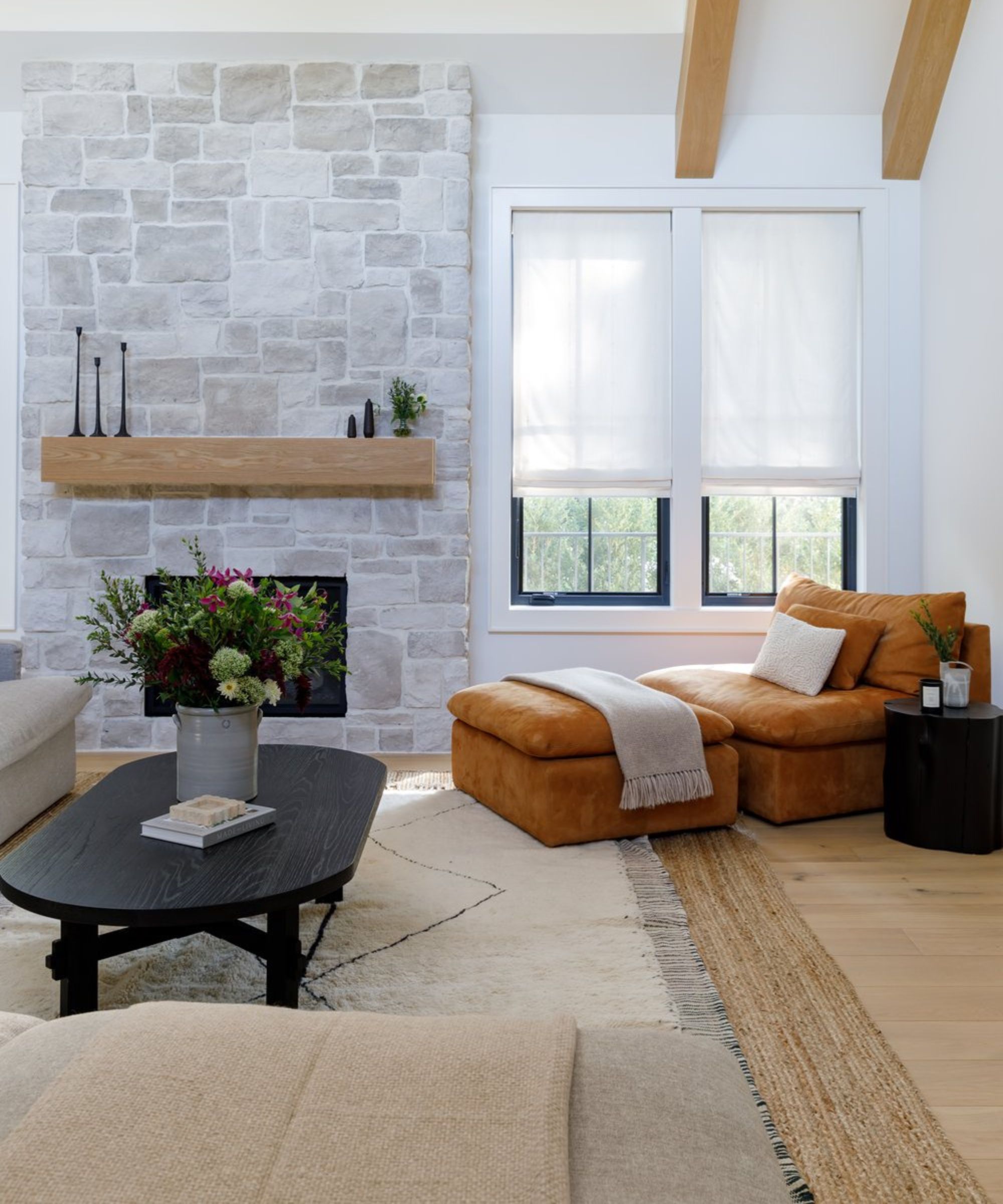
To set yourself up for a successful decluttering session and, in the long term, set yourself up for success with minimalism, you must work out your ‘why’.
Working out why you want to pursue decluttering like a minimalist will help you to decide what it is you need to streamline or add to your life, avoid aimless clear-outs, surface-level changes, and wasted energy.
It will also help you to define what a minimalist life looks like to you (both mentally and physically), making it more attainable in the long run.
If you are feeling a little stuck with your decluttering and simplifying journey, why not read Marie Kondo's Life-Changing Magic of Tidying Up, available from Amazon.
Our Solved news writer Ottilie Blackhall recently read it and loved it, hailing it as 'groundbreaking', adding, 'with the right attitude, I've learnt that tidying really can transform my life – and it can for you, too.'
6. Hanging onto items ‘in case’
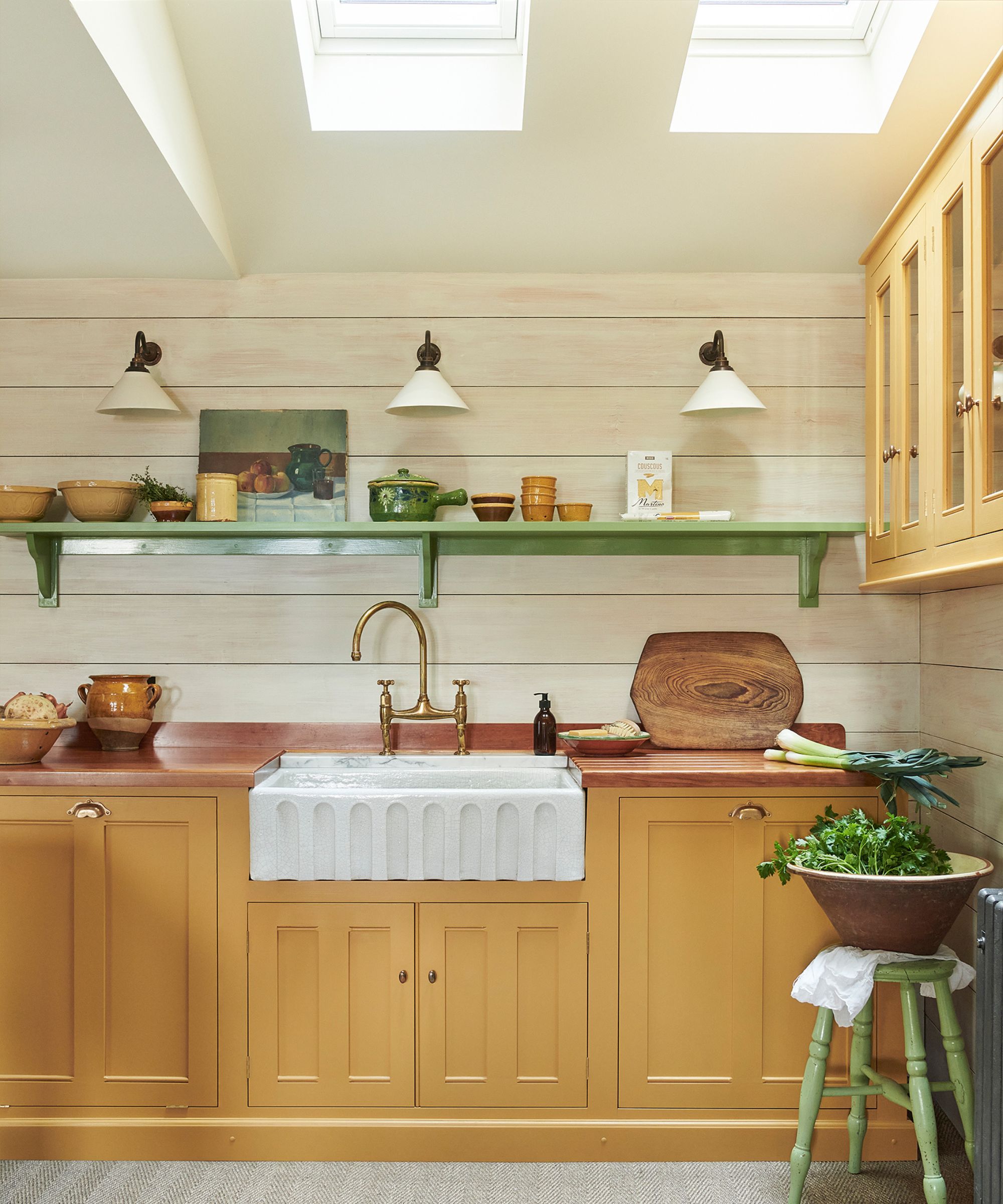
Hanging onto a scarcity mindset is the enemy of minimalist decluttering, and it is a common mistake holding you back. Veronica Hanson, minimalist coach and founder of the Messy to Minimalist e-course, shares, ‘Hanging on to items just in case is not a habit for minimalists. Therefore, the storage boxes and junk drawers that exist in typical homes are nonexistent.’
Holding onto items just in case is one thing pro-organizers never do. To make it easier, follow the 20/20 decluttering rule – if you could replace the item for less than $20 and in under 20 minutes, declutter it. You can always repurchase them should you need them again in the future.
To help avoid junk drawers, invest in adjustable drawer dividers, available at Walmart, to set out specific cubbies for essential items. This reduces the space you have to keep non-essentials and clutter while making items easier to find.
7. Hiding clutter
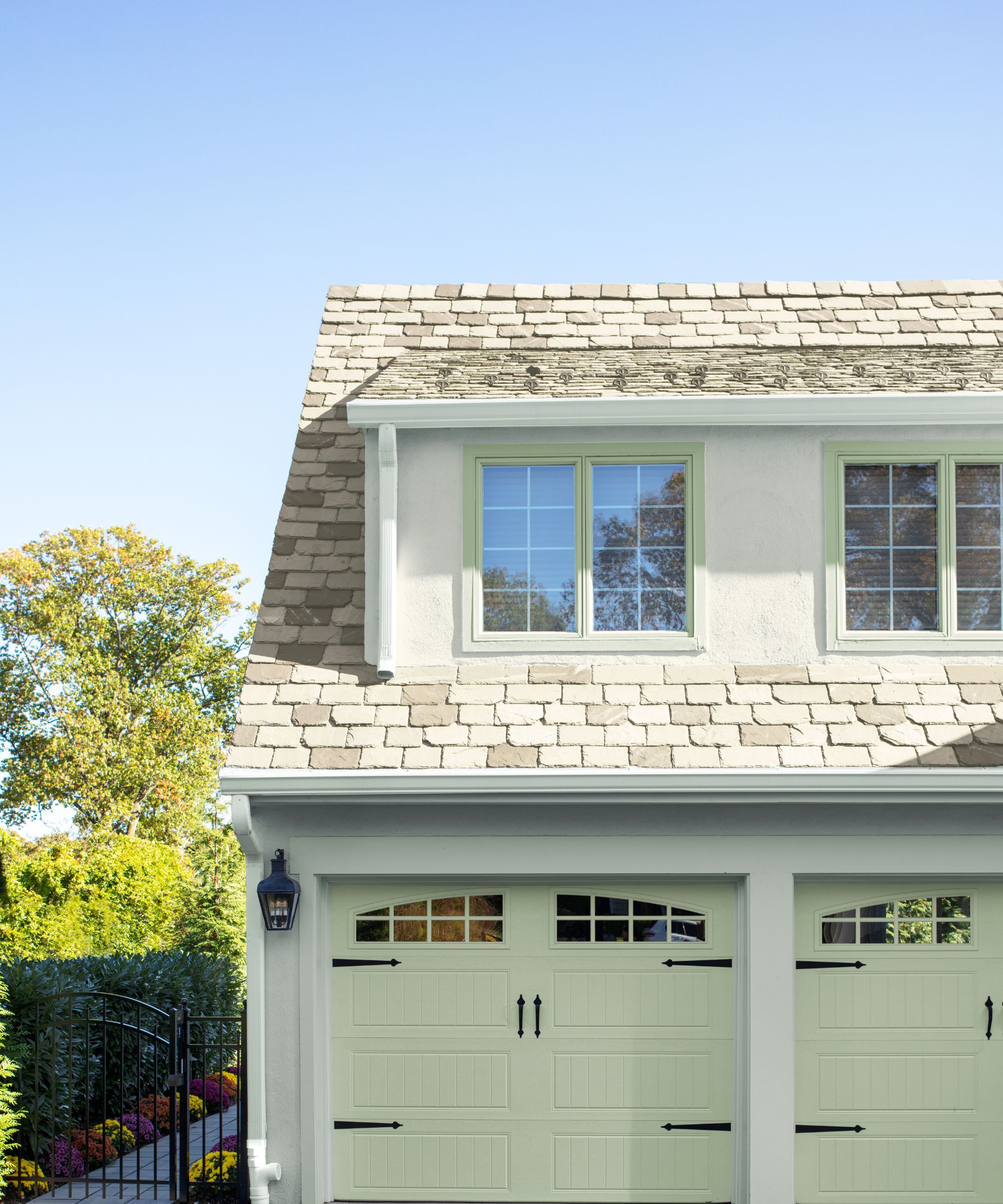
There are other surprising storage essentials minimalists avoid, too – all for the sake of avoiding the trap of hiding stuff, rather than storing it correctly.
Jeremy Yamaguchi, CEO of Cabana, says, ‘One minimalism decluttering mistake to avoid is not having an effective storage setup, which leads to simply having the illusion of minimalism. This can happen if, for example, you want your home to look more minimal, so you simply shove all your extra items in your garage, where most people don’t see. That isn’t truly minimalism, and it’s not an effective way to declutter either.’
If you think you might be hiding clutter rather than storing essentials, consider trying The Minimalist’s ‘out in the open’ rule, taking everything you own out of storage to see it all in daylight. You never know what you might find.
What to shop
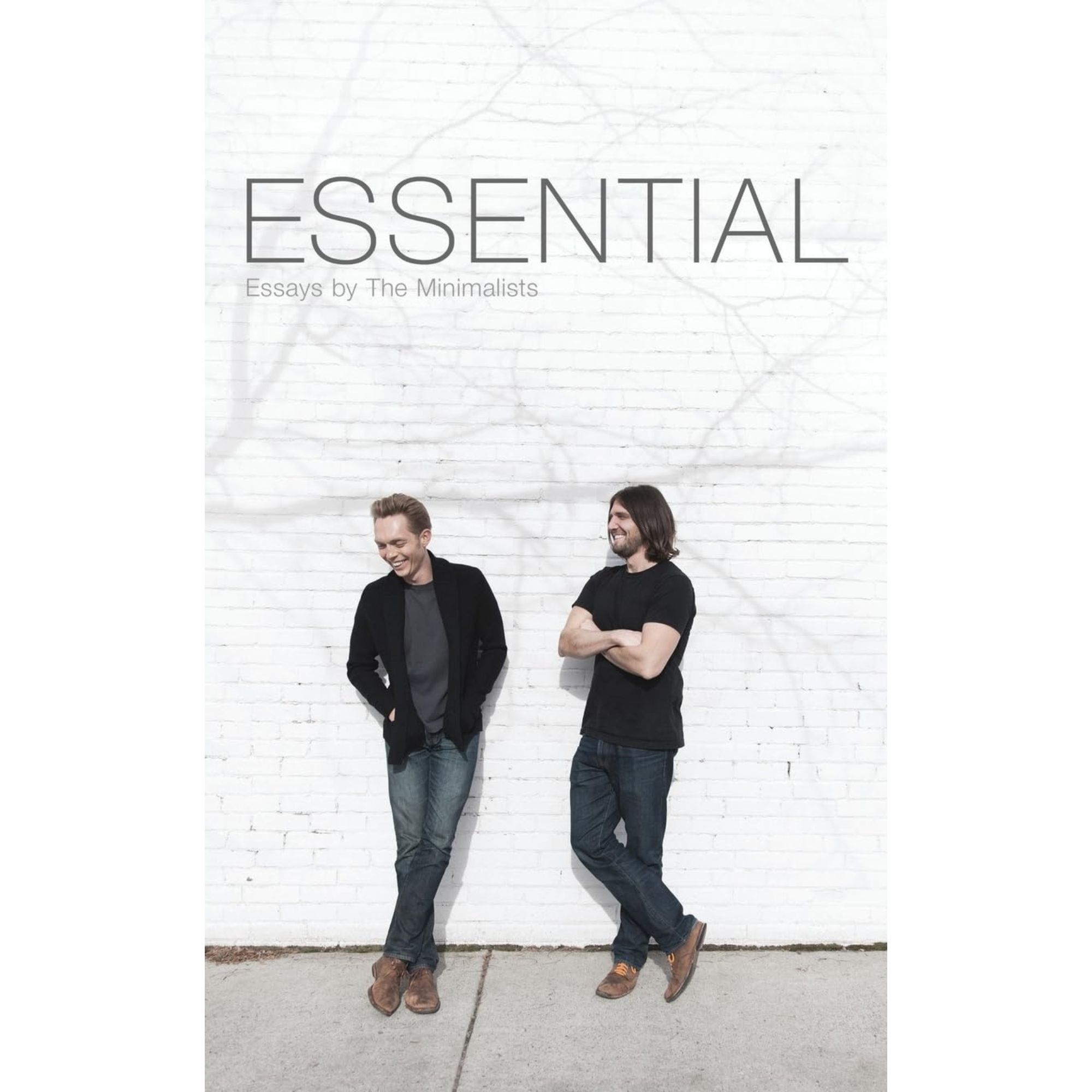
This book by The Minimalists Joshua Fields Millburn & Ryan Nicodemus collects the most relevant essays from simple living, decluttering, and finances, to passion, health, and relationships. Essential is for anyone who desires a more intentional life.

Baskets are the best go-to for creating drop zones. Be they in your entryway, living room, or hallway, they can quickly corral clutter, making it easier to put away at the end of the week to help you maintain a more minimalist space.

Just because you want to embrace minimalism doesn't mean you will be able to get rid of all of your essentials. From holiday décor, to off-season clothing and bedding, or essential home maintenance tools, these large stackable storage totes offer the perfect solution to keeping them neat.
Meet the experts
To try and avoid these common minimalism mistakes, consider following the set decluttering strategies minimalists swear by and the hacks minimalists depend on to keep their homes tidy for a clearer space.





